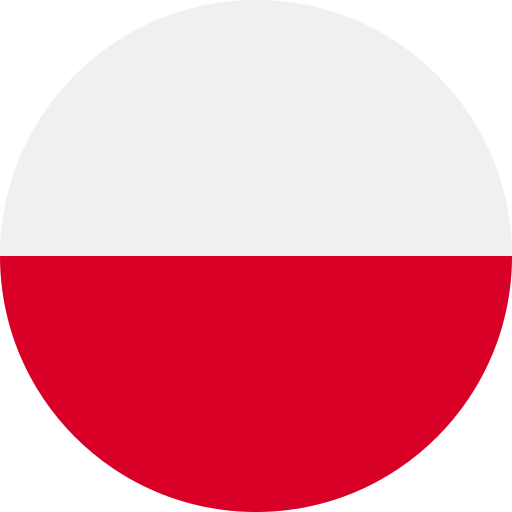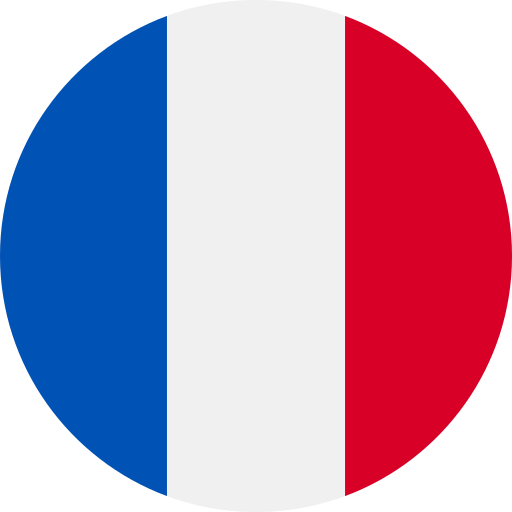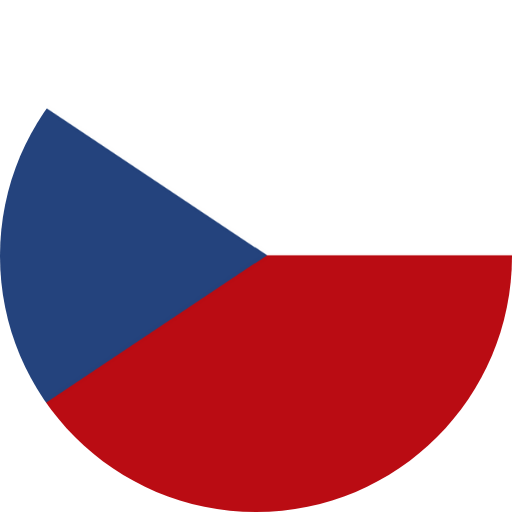Imagine that you can increase the effectiveness of your marketing campaigns without adding a single dollar to your budget. Sounds interesting? The 30/70 method is an approach that allows you to better utilize existing resources through flexible management of their allocation.
What is the 30/70 method in marketing budget management?
The idea is simple:
- Allocate 70% of your budget to stable, proven activities – this is your base
- Treat 30% of your budget as a flexible pool that you can shift to where you see the best results
It’s like managing an investment portfolio – we place part of our funds safely, and we allocate part for more dynamic decisions depending on the market situation.
Examples of applying the 30/70 method
1. Budget allocation between advertising platforms
Imagine you’re managing a monthly budget of 30,000 Euro divided between Google Ads, Facebook Ads, and Instagram Ads. Data from DataOrganizer shows that Google Ads brings you the best results – ROAS at 6.7 and COS of just 15%. For comparison, Instagram Ads has a ROAS of 3.4 and COS of 29%.
What would you do with this knowledge? The 30/70 method suggests leaving 70% of the budget (21,000 Euro) in the current distribution, and moving the remaining 9,000 Euro to where it will bring the best effects.
Even with conservative estimates, such optimization could potentially bring:
- An increase in total revenue by several percent
- A slight improvement in average ROAS
- A reduction in average COS
This is an example of how small but thoughtful changes in budget allocation can lead to better results without increasing spending.
2. Optimization by day of the week
Did you know that the effectiveness of your ads varies depending on the day of the week? DataOrganizer shows that on Friday your campaigns have the lowest COS – just 15%, while on Sunday this indicator jumps to 30%. Moreover, the cost of acquiring a conversion on Friday is 14.75 Euro, while on the weekend it exceeds 21.25 Euro!
You typically spend 4,285 Euro per day (a total of 15,000 Euro monthly). What if you applied the 30/70 method?
70% of the budget (3,000 Euro daily) remains unchanged. The remaining 30% is distributed differently – you increase the budget on the best days (Wednesday, Thursday, Friday), and decrease it on less effective days (Saturday, Sunday).
Preliminary analyses suggest that such an approach could:
- Lower the average COS by 1-2 percentage points
- Reduce the cost per conversion by few Euro
- Increase the number of conversions with the same budget by 1-3%
These conservative estimates show that even small adjustments to budget allocation can lead to measurable benefits in the long run.
3. Optimization between markets
Do you operate in several European markets and spend equally on each of them every month? What if you looked at the data?
Let’s look at some sample indicators:
- Poland: COS 14%, ROAS 7.1, conversion 3.2%, conversion 3.2%
- Germany: COS 21%, ROAS 4.8, conversion 2.3%, conversion 2.3%
- France: COS 25%, ROAS 4.0, conversion 1.9%, conversion 1.9%
- Italy: COS 32%, ROAS 3.1, conversion 1.5%, conversion 1.5%
Instead of spending 10,000 Euro each on Poland and Germany, and 5,000 Euro each on France and Italy, you can apply the 30/70 method. You leave 70% of the budget in the current distribution, and direct 30% to where it brings the best results.
With such optimization, shifting funds could potentially lead to:
- A slight increase in average ROAS (0.5-1%)
- A reduction in COS by a few tenths of a percentage point
- More stable results with less exposure to poorly performing markets
Although the financial benefits may seem moderate, it’s worth remembering that adding one percent of efficiency here and subtracting one percent of losses there can disproportionately positively impact the final trading margin. In e-commerce, where margins are often single-digit, even a one-percent improvement in marketing efficiency can translate into a several-percent increase in the final margin.
Key benefits of the 30/70 method
- Risk limitation – you experiment with only part of the budget
- Greater adaptability – you can respond to seasonal changes in effectiveness
- Gradual optimization – over time, you learn which allocations work best
Summary
The 30/70 method is an approach that enables more flexible management of the marketing budget without the need to increase spending. Although the examples presented are simplified simulations, they demonstrate the idea behind this approach:
- Maintaining a stable base (70% of the budget) ensures continuity of activities
- The flexible part (30% of the budget) allows for quick adjustments to changing conditions
Even if the initial benefits are small (1-3% increase in efficiency), systematically applying this method can bring significant results in the long run.
Why not try the 30/70 method now and see what results it brings to your business?
In DataOrganizer, you’ll find all the data you need for your own analyses – the “Performance”, “Sales and Costs”, and “Attribution” cards will give you a complete picture of the situation. The tool will help you gather information, but you make the decisions.





